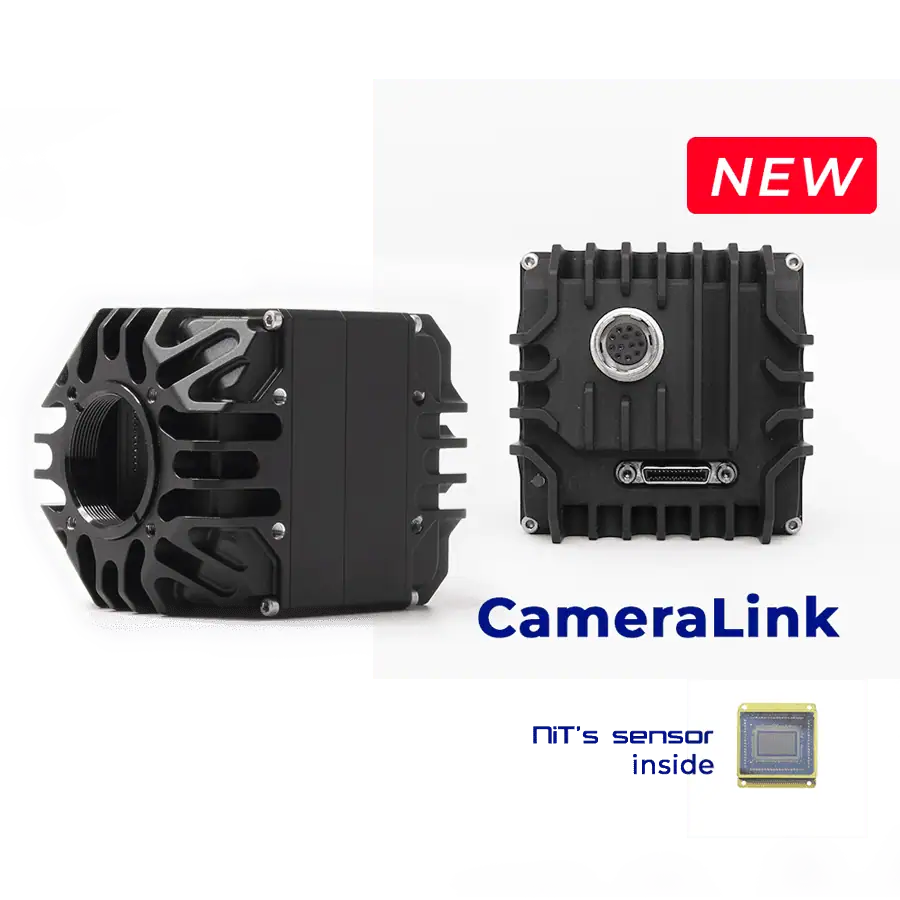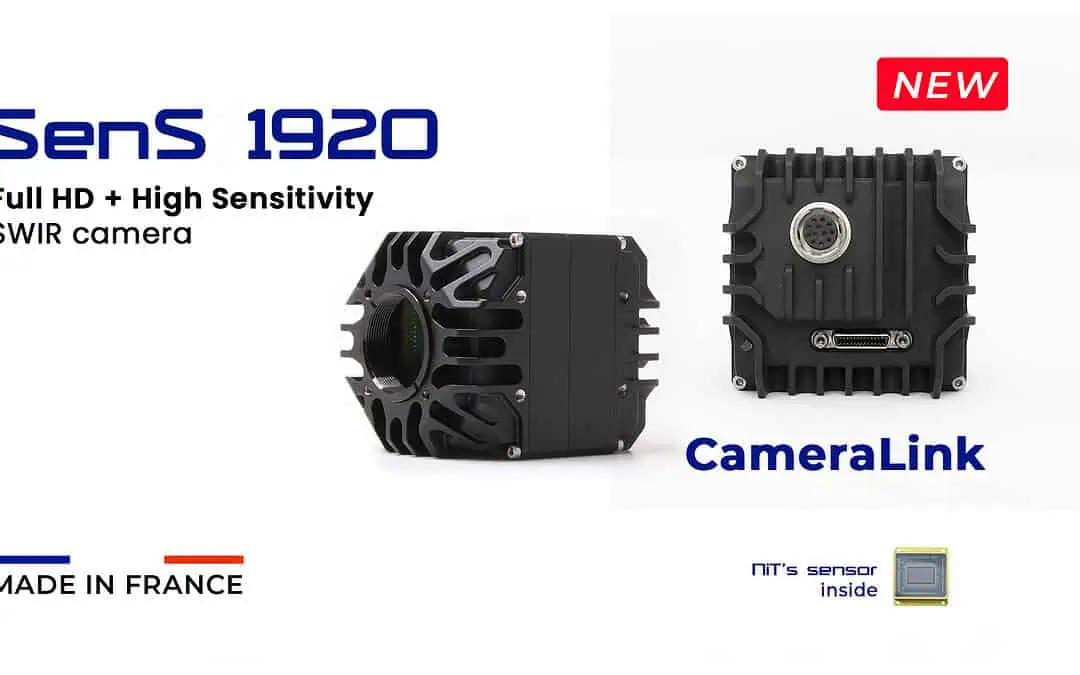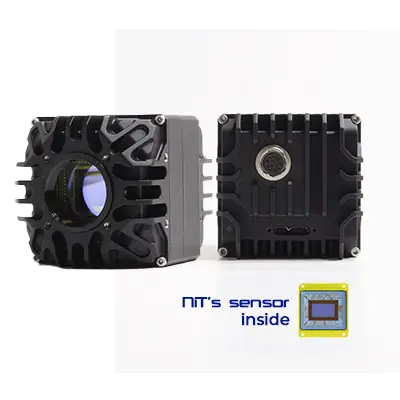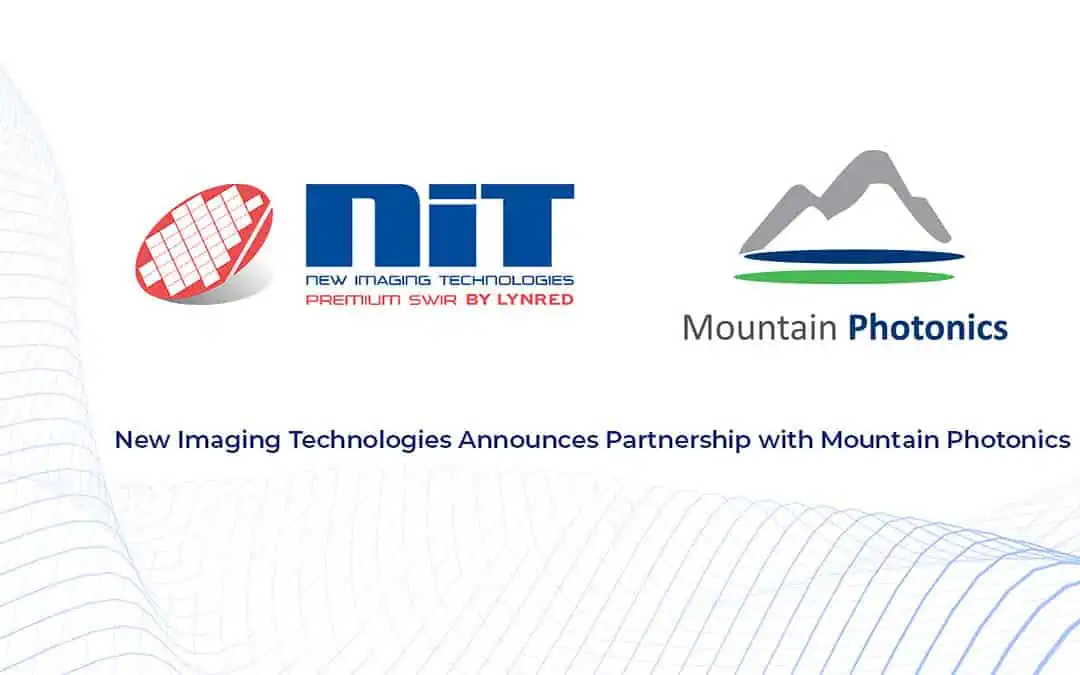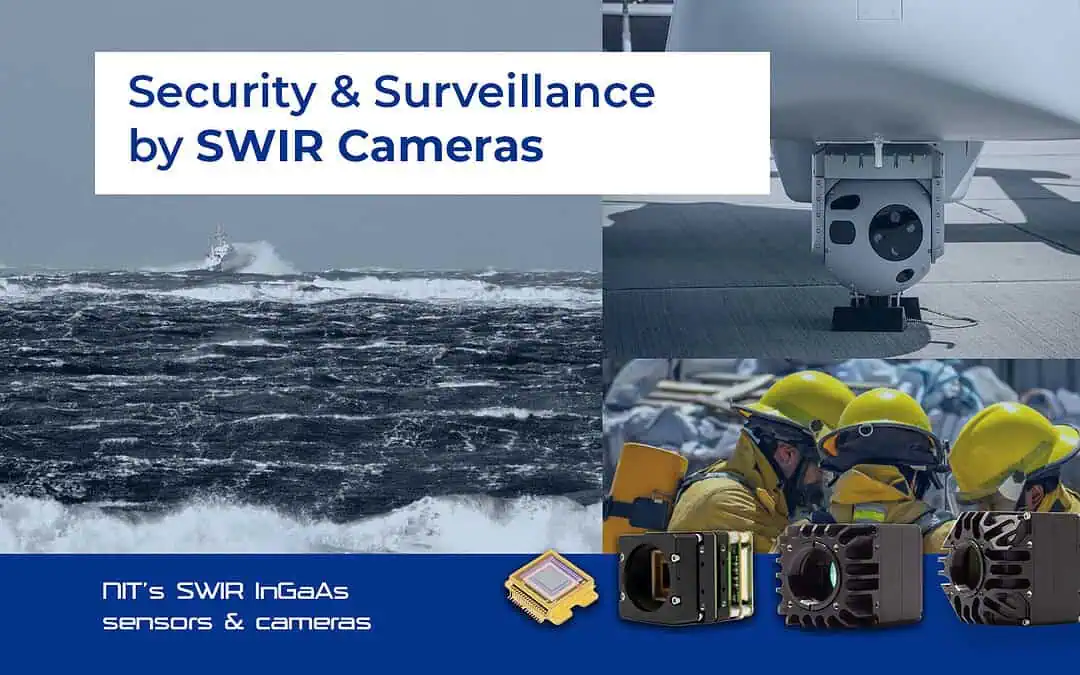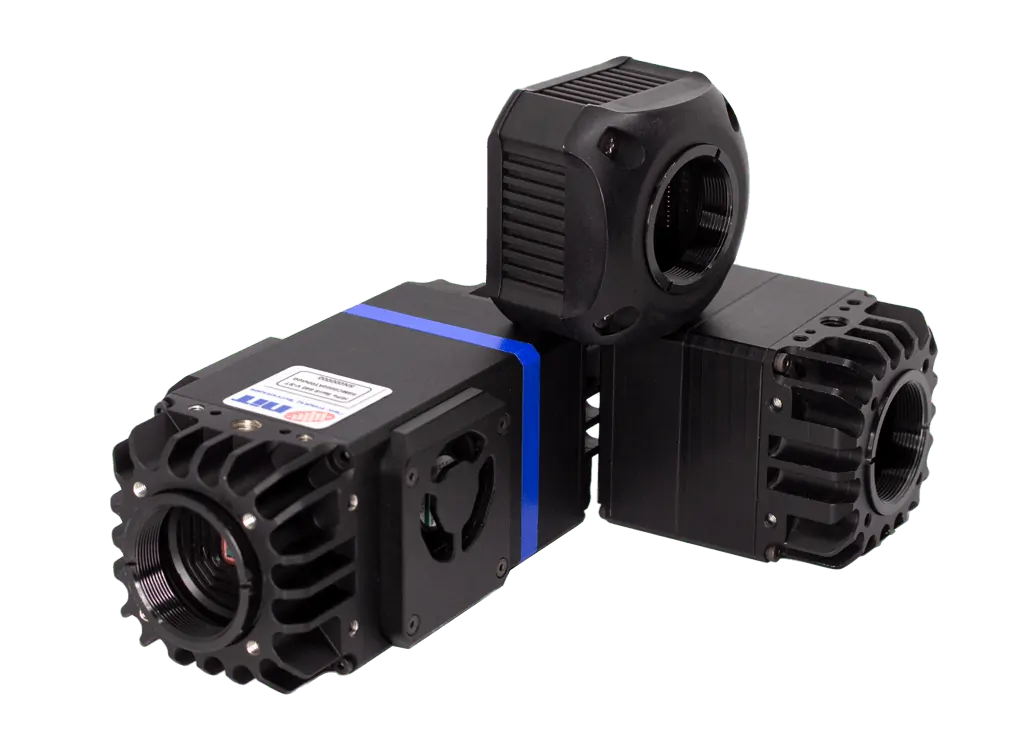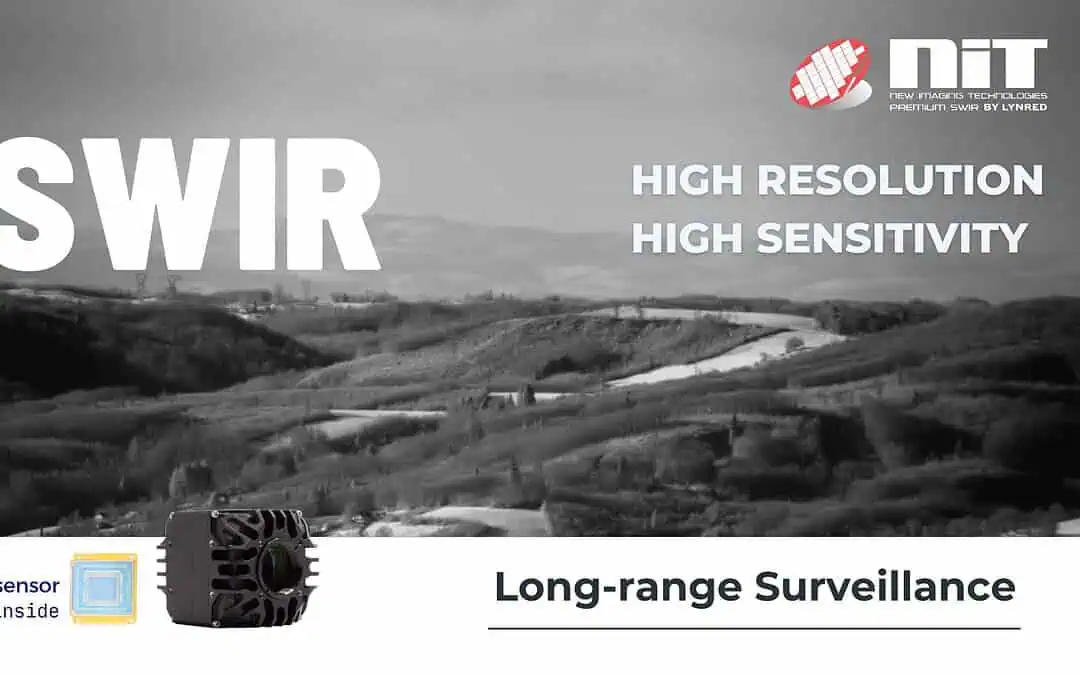
Demonstration of High-Resolution Long-Range Imaging Using SenS 1920 SWIR Camera
New Imaging Technologies (NIT) is pleased to share an impressive video from a recent long-range imaging demonstration using our SenS 1920 Full-HD SWIR camera. This test highlights its capabilities in extreme observation scenarios, spanning distances up to 84 kilometers, under atmospheric conditions including high aerosol concentration.
High Resolution, High Sensitivity for Zoom SWIR Imaging
The SenS 1920 features a Full HD 1920×1080 pixel InGaAs sensor with an 8 µm pixel pitch, optimized for long-range observation with enhanced spatial resolution and scene coverage. Its very-low readout noise of 25e⁻ delivers excellent signal-to-noise ratio and contrast, even in scenarios with substantial atmospheric interference such as scattering from aerosols or humidity.
Test Configuration
Camera: SenS 1920 SWIR Camera
- Resolution: Full HD 1920×1080 pixels @ 8 µm pixel pitch
- Readout noise: 25e⁻ (very-low noise)
Lenses Used:
- Kowa 25–300mm f/2.8 Zoom (LMZ25300M3P-SW)
- Modified Vixen Cassegrain 1800mm f/9 Telescope
Location: the Bellevue Belvedere, France
Time: March 14, 2025
Imaging was performed on the following distant targets:
- Primarette radio tower – 51.2 km
- Wind turbines at Grand Bœuf – 61.8 km (a challenging scene due to dense valley aerosols)
- TDF Mont Pilat tower – 84 km
Despite heavy aerosol concentration, the SenS 1920 SWIR camera was able to resolve fine image details, including:
- Clear fine image details like wind turbine blade rotation,
- Distinct structural and natural features at long distances
- High contrast and clarity on targets
You might also be interested in:
Optimized for Long-Range SWIR Imaging Applications
Thanks to its format, the SenS 1920 provides a broader field-of-view at the same focal length compared to smaller-format SWIR sensors. Benefits:
- Wider field-of-view without sacrificing resolution,
- Improved scene coverage for surveillance,
- Better long-range object detection and identification.
This makes the SenS 1920 an excellent choice for high-end SWIR imaging applications such as defense payloads, border monitoring, and maritime surveillance.
High Resolution SWIR camera
Contact NIT today for more information about our High Resolution & High Sensitivity SWIR InGaAs camera – SenS 1920
